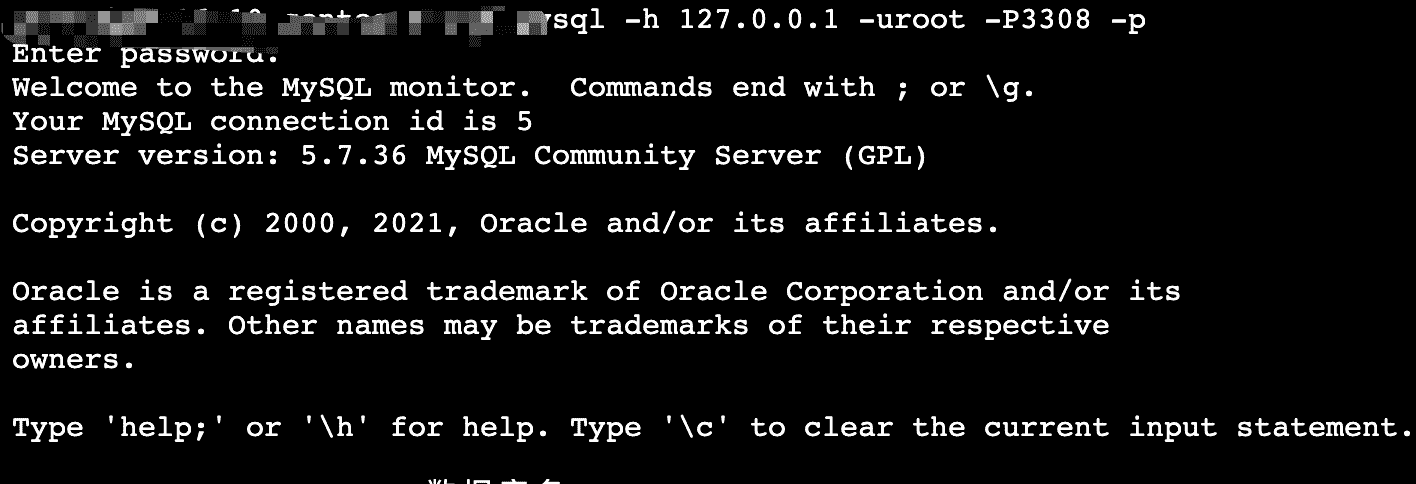StringBuffer类的构造方法
- public stringbuffer()空参构造方法
- public stringbuffer(int capacity)指定容器容量的字符串缓冲区对象
- public stringbuffer(shring str)指定字符串的字符串缓冲区对象
package com.ifenx8.studay;
public class Demo_StringBuffer {
/**
* A:StringBuffer的构造方法:
* public StringBuffer():无参构造方法
* public StringBuffer(int capacity):指定容量的字符串缓冲区对象
* public StringBuffer(String str):指定字符串内容的字符串缓冲区对象
* B:StringBuffer的方法:
* public int capacity():返回当前容量。 理论值(不掌握)
* public int length():返回长度(字符数)。 实际值
*/
public static void main(String[] args) {
demo1();
demo2();
demo3();
}
private static void demo3() {
StringBuffer sb2 = new StringBuffer("fenxiangba");//创建对象并赋值一个字符串
System.out.println(sb2.length());//容器中字符的长度,结果为:10
System.out.println(sb2.capacity());//容器的容量,结果是在初始容量的基础上加上字符串的长度,结果为:26
}
private static void demo2() {
StringBuffer sb1 = new StringBuffer(12);//创建对象,并赋值capacity容器的容量
System.out.println(sb1.length());//容器中字符的长度,结果为:0
System.out.println(sb1.capacity());//容器的赋值容量,结果为:12
}
private static void demo1() {
StringBuffer sb = new StringBuffer();//创建空参构造对象
System.out.println(sb.length());//sb.length()是容器中的字符的个数。这个是实际值,结果:0
System.out.println(sb.capacity());//sb.capacity()是容器的初始容量16。这个是 理论值,结果:16
}
}
 吾爱乐享
吾爱乐享













评论前必须登录!
注册